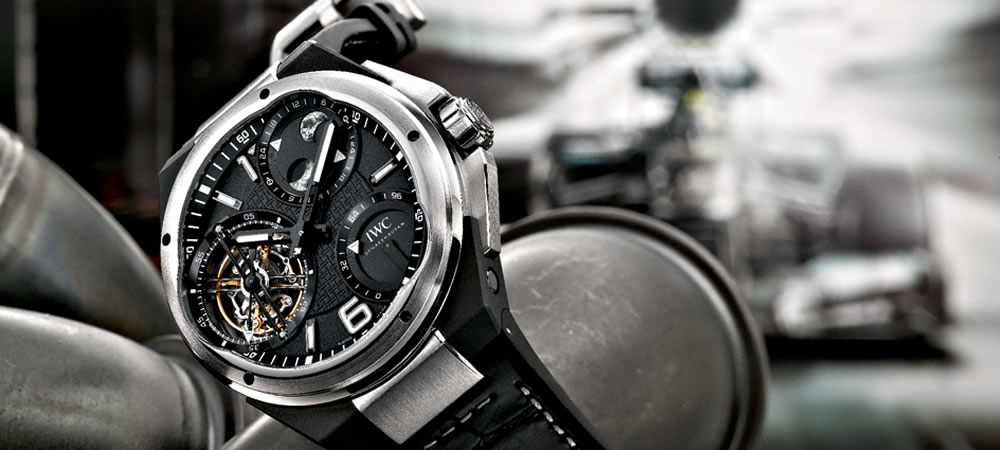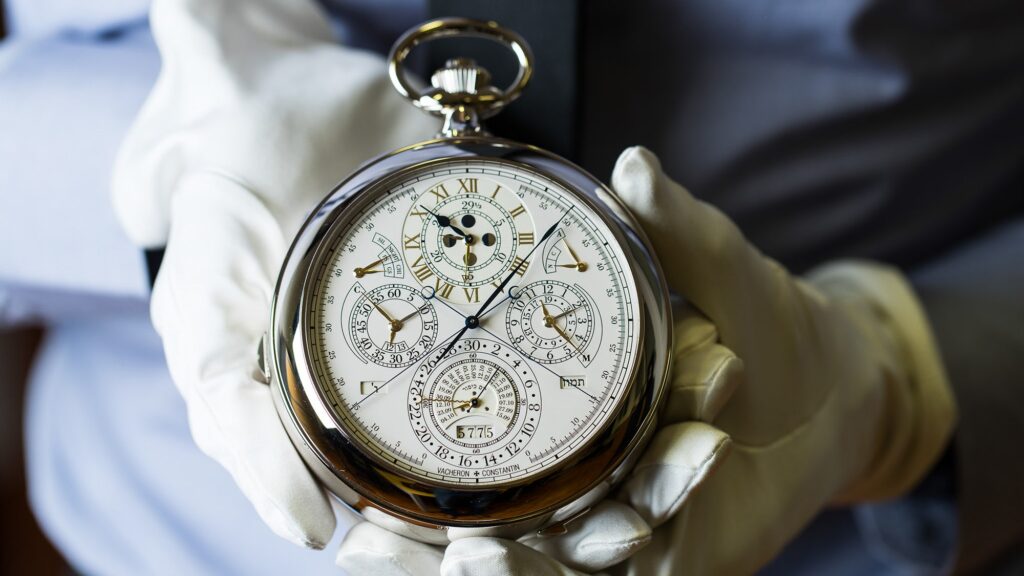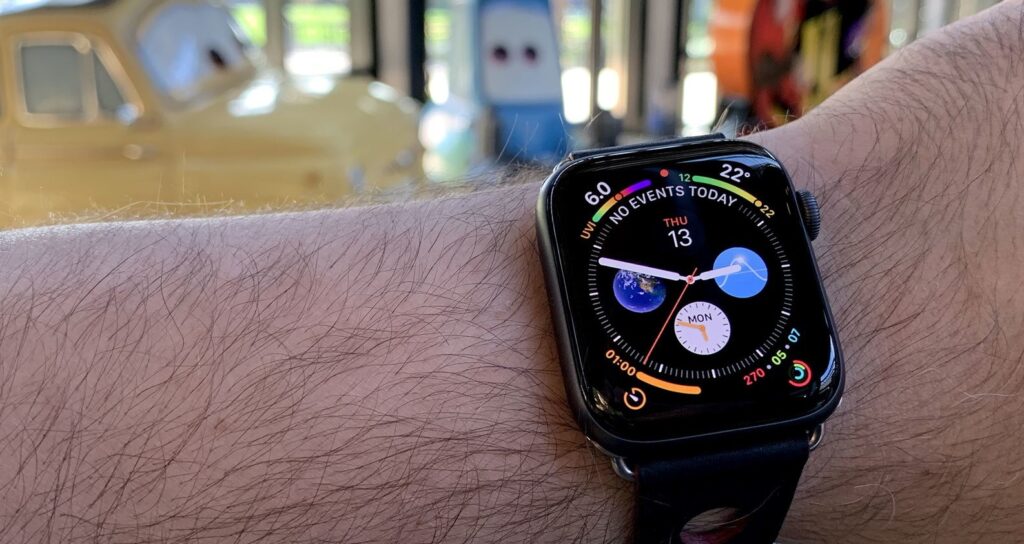What are Watch Complications?
A simple answer to the above question is this: A watch complication is any part of a watch that goes beyond keeping time. “Complications” added to timekeepers historically referred to more complicated gear trains, for multiple mechanical functions. However, the term complication has become more complicated with the advent of smartwatch and digital technologies. Where there used to be date windows and stopwatches, there are now full video games and software applications. One might ask, “how many complications can a watch have?” or “how do watch complications influence me as a watch owner?”

Well, any watch can feature multiple complications—whether they’re mechanical, digital, or “smart”. These complications are important to consider when debating potential maintenance costs, durability, and any other practical aspects of watch ownership. They’re also a part of the fascination of watchmaking and its legacy. So ahead we’ll be discussing a few everyday complications, as well as highlight some bold examples of watches that are more than just simple timetellers.
Mechanically Original
+Originally appearing in clocks—with astronomical and chiming mechanisms—ultra-complicated or “grand complication” (modern phrasing) movements appeared in watches as early as the 16th century. Though the definition of an “ultra”, “super”, or “grand” complicated watch is fairly ambiguous—referring generally to watches that feature any more than 2 or 3 additional complexities—complications themselves can easily be broken down to three main categories. These categories are Timing, Astronomical, and Chiming complications.
Three Main Complications
Timing in this context refers to a range of chronograph (or “stopwatch”) functions: Jumping second-hand, independent second-hand, split-second flyback, counter, and simple chronographs. Astronomical complications are mostly calendar complications like perpetual calendars, simple date calendars, and the like. However, the Astronomical aspect of a watch also includes any other extra-terrestrial phases—the moon phase being the most common. Striking complications are just as straightforward as the other two categories. This includes any chiming or indication of the passage of time. When this piece of the movement is struck, it is meant to notify the watch owner of said elapsed time. A modernized rendition of this might be to set a smartwatch on vibrate, or to set an alarm on a digital wristwatch.
The Most Complicated

Because of the real-estate these complications can take up, the most complicated watches in the world are pocket watches. Two watchmakers that have set the bar in this regard are Patek Philippe and Vacheron Constantin. Boasting the most complications, as of 2015, is the Vacheron Constantin Reference 57260—with 57 complications. Being a powerhouse piece, it has over 2,800 parts, 31 hands, and weighs 957 grams (~2.1lbs). For some context, the average weight of a regular stainless steel wristwatch is about 100-150 grams.
The two runner-ups to this more recent top dog are Patek Philippe watches: The “Patek Philippe Calibre 89” and the “Supercomplication”. Released in 1989, the Patek Philippe Calibre 89 was made to celebrate the 150 year anniversary of the company—and to outdo its Supercomplication watch from 1933. The overall more impressive watch between these two is the Supercomplication, although it has less complications. It was built before computer assistance and still holds the record for highest selling watch at auction. In 2014 the Supercomplication sold for just under $24Million. On a further note, the most complicated wristwatch in current existence is the Franck Muller Aeternitas Mega 4. This wrist-bound watch boasts a 1,000 year calendar and 36 complications—respectively.
The Electronic Age

Technically, any (electronic) digital complication is not considered a true traditional complication—as well as any complications tied to a general quartz movement. This is because every function of these complications is automated or regulated easily without mechanical manual labor. However, more complex digital movements on smartwatches and digital watches require varying levels of electricity and processing power. Even though solar power, GPS, and digital streaming (among many others) aren’t considered for-real complications—in any traditional sense—the intellectual work and electric energy required to regulate them makes them complex in their own right. On top of this, quartz movements—which include digital watches but not smartwatches—rarely take industry credit in the world of watch complications. That being said, any function they have aside from minutes, hours, and seconds is still referred to as a complication.
On a quick sidenote: Whether the watch is quartz, smart, or mechanical, a lot of them can feature other non-time-specific functions. These tend to include things like thermometers, compasses, and other terrestrial readouts.
A Final Note
If you’re looking into watches with more complications, it’s important to keep in mind that more moving parts means more maintenance. In order to keep your mechanical, quartz, or quartz-digital watches in proper care, keep an eye out for trained watchmakers who can assist you in keeping them running smoothly. With special emphasis, having a traditional complication watch is becoming rarer and rarer—so keeping these classically complicated pieces running retains their value in the ever-changing and complex world of timekeeping.
Times Ticking has been in operation for more than 30 years, since 1982. We have performed watch repair for customers both locally and internationally. If it Ticks! We KNOW it! Our team of watch repair technicians have a combined experience in watchmaking of over 120 years.

